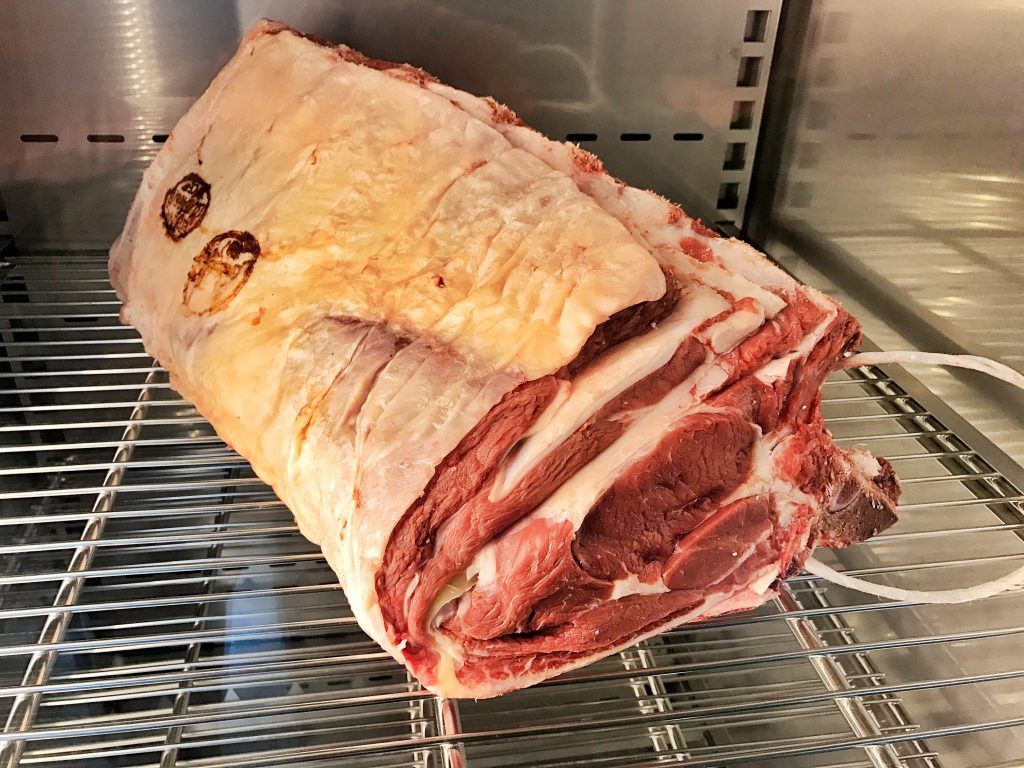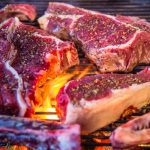My first experience in using new climate camera «Klima» took the shortest period of time, however, it became quite important due to the use of function «meat maturation».
Surely, I used to practice dry and wet (in vacuum) maturation of meat, but it’s hardly possible to obtain perfect (scientifically) conditions of temperature and humidity out of ordinary fridge and other means turned out to be at hand. That is why I was interested to compare capacities.
Knowing well the chemistry of the process itself, I purchased a special type of meat, less fat, ordinary one, nevertheless very fresh. This meat served for steaks, admired in my family, is less popular due to its dry and tough structure.
That was the reason to put an 18-kilo piece into a camera for 4 days. The point was to check if the «maturation» could fix farmers' flaws.
To maintain the experiment integrity I chose an automatic mode pre-installed in «Klima» manufacturer’s software.
 All the parameters are well-seen here.
All the parameters are well-seen here.
When the process finished the meat became slightly darker and a bit dried out. After that the meat was cut in 4 cm steaks and my family has been tasting it for the next 2 weeks.
Visually the meat’s structure did not change a lot, although evidently it became more flexible when cutting, soft and definitely with a different smell.
When roasting in grill there was no water escaping, same as fat which was almost absent.
The ready steak was surprisingly juicy, easy-cut and had a nice smell of good quality meat. I can safely declare that the «maturation» process perfectly corrects this kind of «boring» pieces, improving the mark from D to B.
Of course, I know it’s possible to maturate the meat up to 60 days and over higher temperature limits. And also, it worth taking pieces with a higher percentage of fat. However, these tricks I still have to perform and you’ll have to read about them and lick your lips.



 Русский
Русский Español
Español



